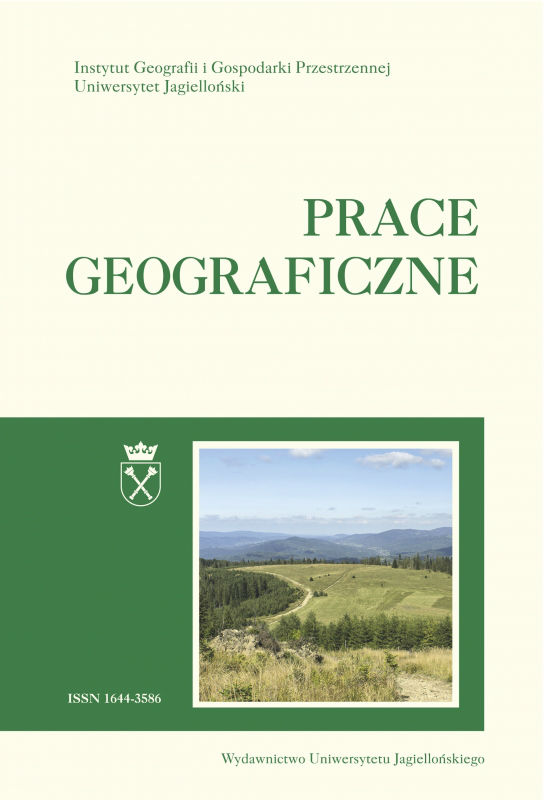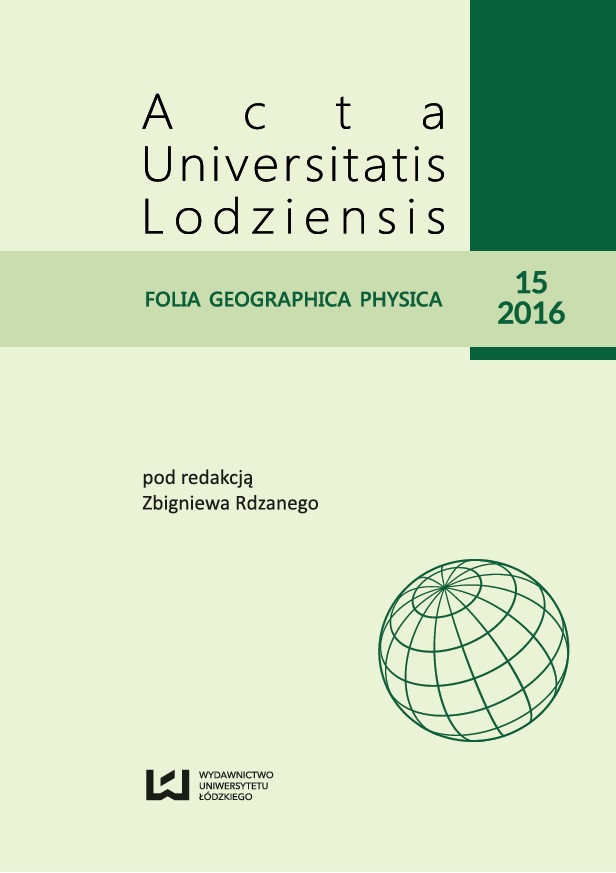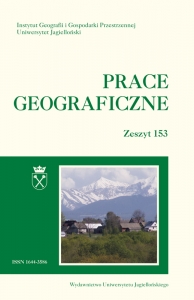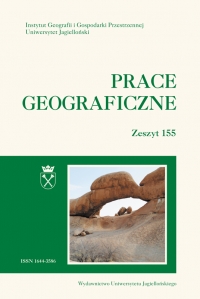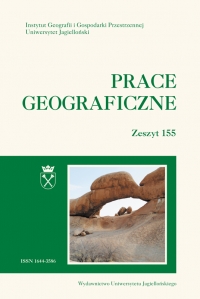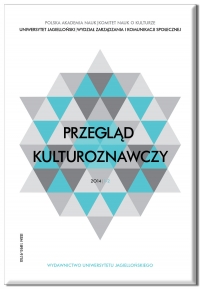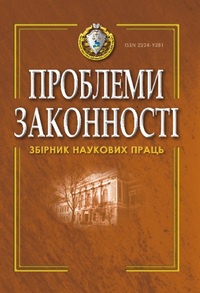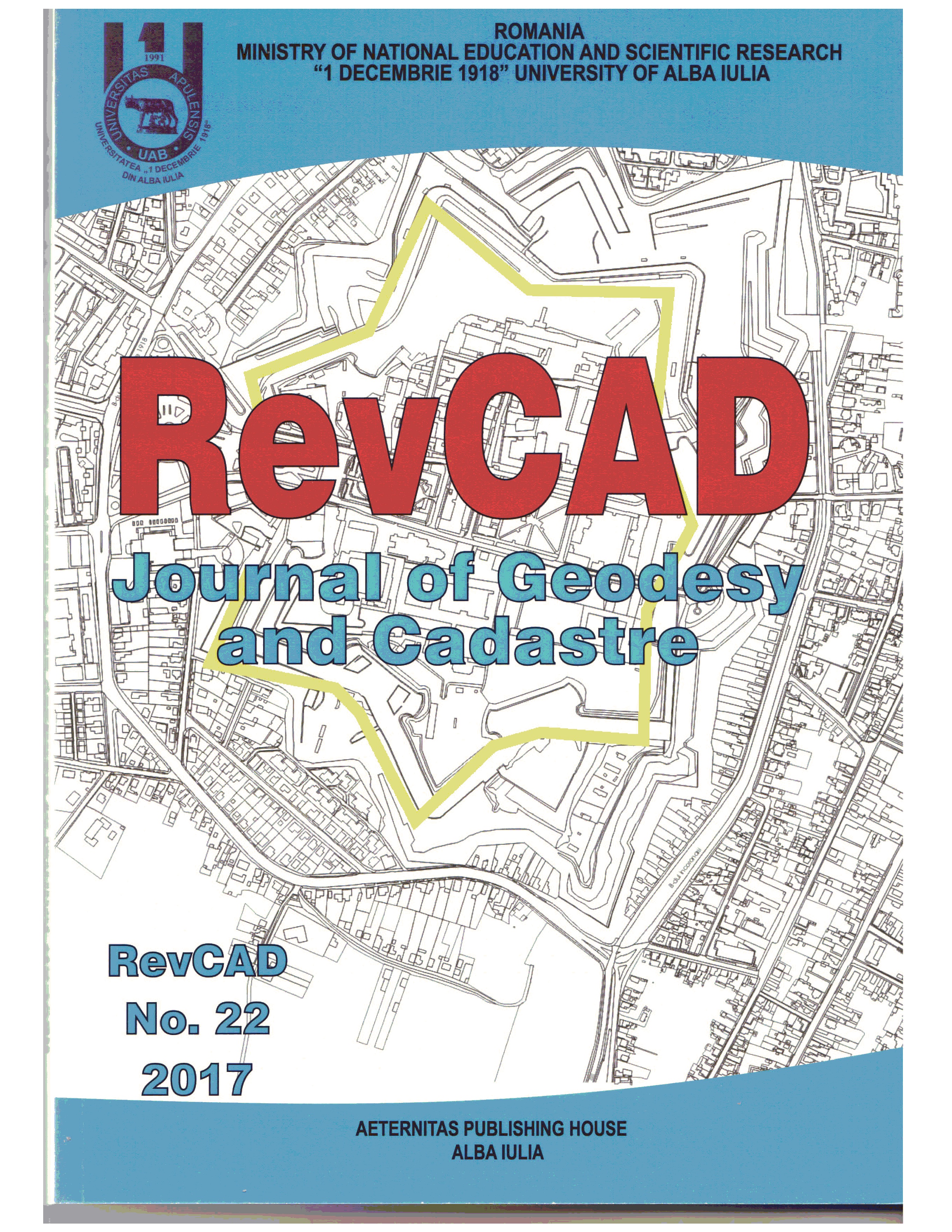Author(s): Salomėja Lukaitė / Language(s): Lithuanian
Issue: -/2016
The study was conducted in Highlands of Western Curland and Western Žemaičiai plateau, Skuodo district – Ylakių, Aleksandrijos, Šačių ir Skuodo parich, where it was tested Apšės, Kalties, Sarties, Spigino, Gypelkio, Luobos, Šatos ir Pragulbos rivers. Studie driver valleys on flood plains, terraces and river beds at the bottom sediment samples were collected. In the laboratory they are dried, weighed and beams. Sifting have identified four groups: > 2, 2–1 1 to 0,5 and < 0,5 mm. In addition, sediment particles studied roundnees degree.Glacial melt waters have a direct impact on the surface of the formation relief.Thanks to them, creating a negative linear shape. Glacial melt waters forms necessary for the formation of two conditions: a sufficient amount of water flowing and significant surface slope.West Curland highland river sediments observed uneven distribution of the groups, which allowed the reconstruction process took place glacial melt water intensity. Apšė the upper basin have high fractions of sediment dispersion greater diversity than middle reaches of the basin. This indicates that the upper was intense glacial melt water erosive processes change. Meanwhile, the middle reaches of the long-term was glacial lake. The study was conducted in Highlands of Western Curland and Western Žemaičiai plateau, Skuodo district – Ylakių, Aleksandrijos, Šačių ir Skuodo parich, where it was tested Apšės, Kalties, Sarties, Spigino, Gypelkio, Luobos, Šatos ir Pragulbos rivers. Studied river valleys on flood plains, terraces and river beds at the bottom sediment samples were collected. In the laboratory they are dried, weighed and beams. Sifting have identified four groups: > 2, 2–1 1 to 0,5 and < 0,5 mm. In addition, sediment particles studied roundnees degree. Glacial melt waters have a direct impact on the surface of the formation relief. Thanks to them, creating a negative linear shape. Glacial melt waters forms necessary for the formation of two conditions: a sufficient amount of water flowing and significant surface slope. West Curland highland river sediments observed uneven distribution of the groups, which allowed the reconstruction process took place glacial melt water intensity. Apšė the upper basin have high fractions of sediment dispersion greater diversity than middle reaches of the basin. This indicates that the upper was intense glacial melt water erosive processes change. Meanwhile, the middle reaches of the long-term was glacial lake. Western Žemaičiu plateau river sediments even noticeable fraction distribution, which allowed the reconstruction process took place glacial melt waters intensity. Luoba basin upstream or downstream sediment fractions of the same dispersion. This indicates that the river carried evenly glacial melt water erosive processes. Meanwhile, the lower reaches of the basin are largely dominated by fine-grained and fine sand, which indicates that there was limnoglace lake, which has affected not only Luoba river basin lowland, but Apšė river basin lowland and middle reaches. West Curland upland furrow bottom sediment granulometry scatter in all workings are pretty even. Most sediment particles in the upper basin polished Apšė and its tributaries (Kaltis, Sartis, Vereta), while at least - Apšė down the river. There is significant correlation between the paleogeographic changes and sediment roundness degree. Western Žemaičiu plateau sediment granulometry spread is even. All workings found in the medium category roundness particles. This reflects the conditions paleogeographic uniformity.
More...
